Diabetes Management at Orthotics Plus
Diabetes is a chronic health condition where your body can’t properly regulate blood sugar levels. Either it doesn’t produce enough insulin, or it doesn’t use the insulin effectively which leads to elevated blood sugar levels.
There are two main types: type 1 and type 2.
Type 1 is an autoimmune condition where your body attacks the insulin-producing cells in your pancreas. It’s usually diagnosed in childhood and typically requires lifelong insulin therapy.
Type 2 is more a metabolic condition related to lifestyle factors. Your body becomes resistant to insulin or doesn’t produce enough of it. This is called insulin resistance. Things like genetics, weight, physical inactivity, and diet often play a role.
There are a variety of physical effects related to diabetes.
At Orthotics Plus, we support diabetic patients with a variety of orthotic supports to assist with these physical effects.
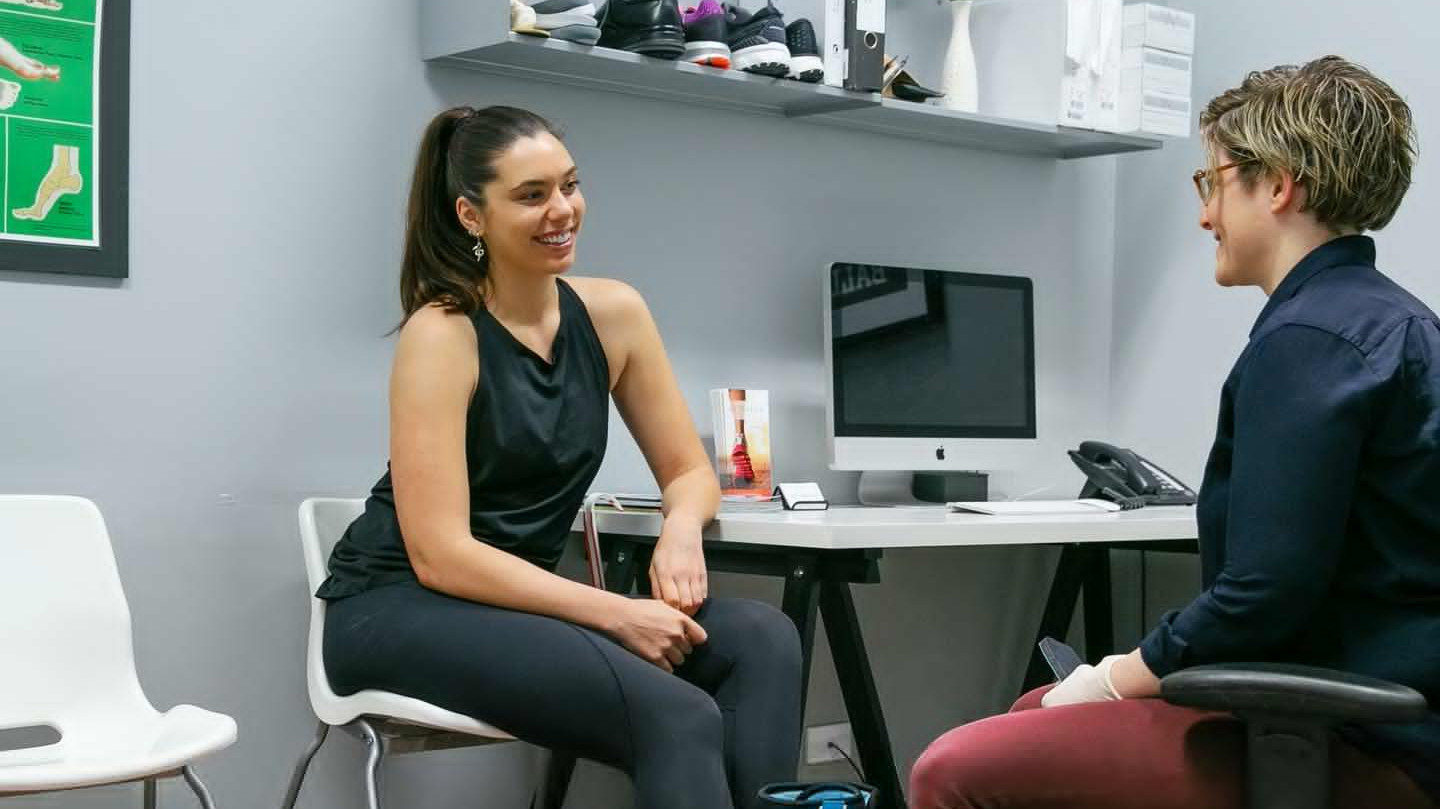
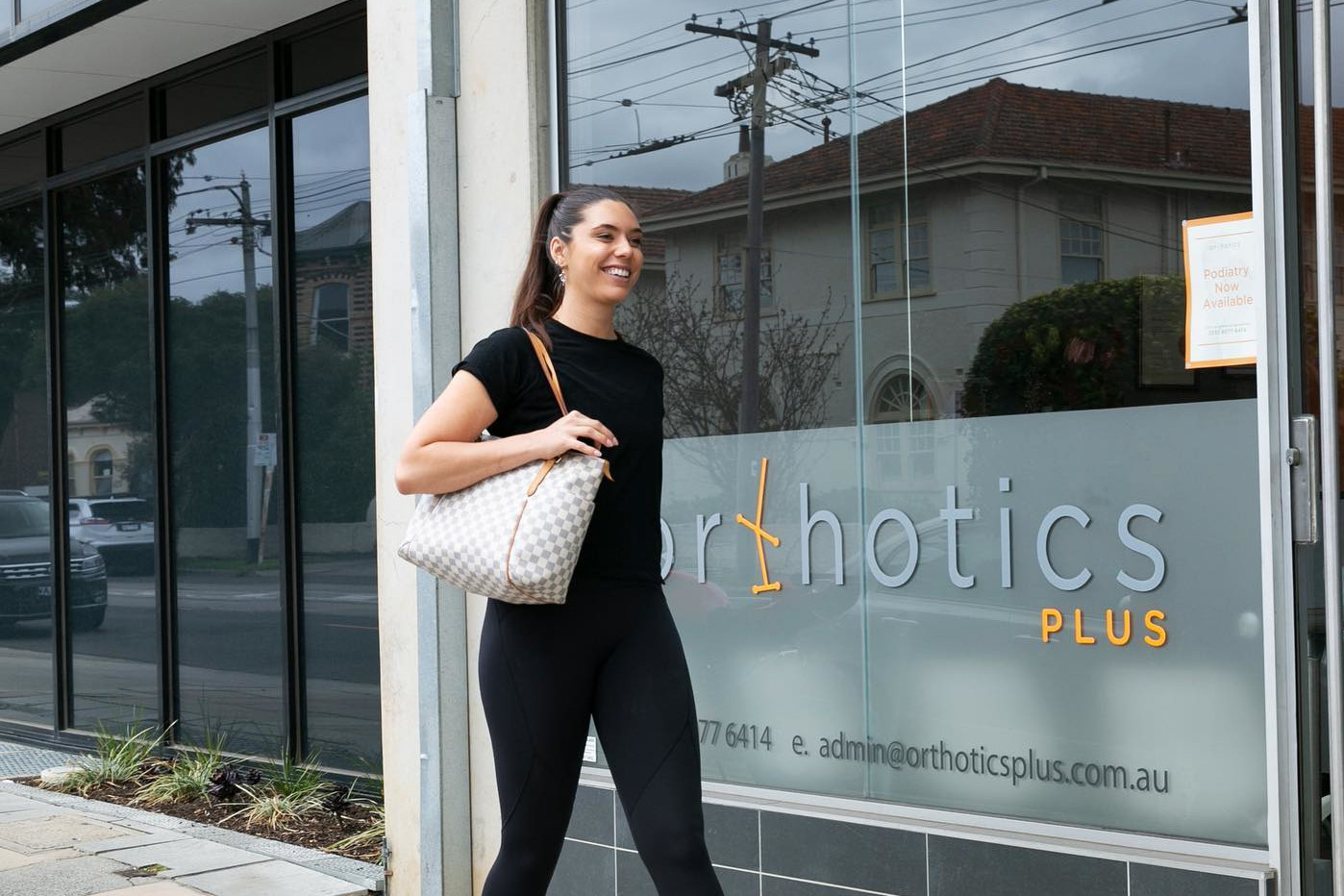
Treatment from Orthotics Plus
There are multiple treatment types we provide:
- Extra depth footwear
- Compression garments
- Pressure relieving orthotics
- Total contact cast
- Various types of moon boots
- CROW boots
- General advice on pressure care, ulcer management
- Post operative footwear and orthotics
If you or a loved one is living with diabetes and experiencing foot issues, please feel free to contact us to learn more about the ways in which we can help.
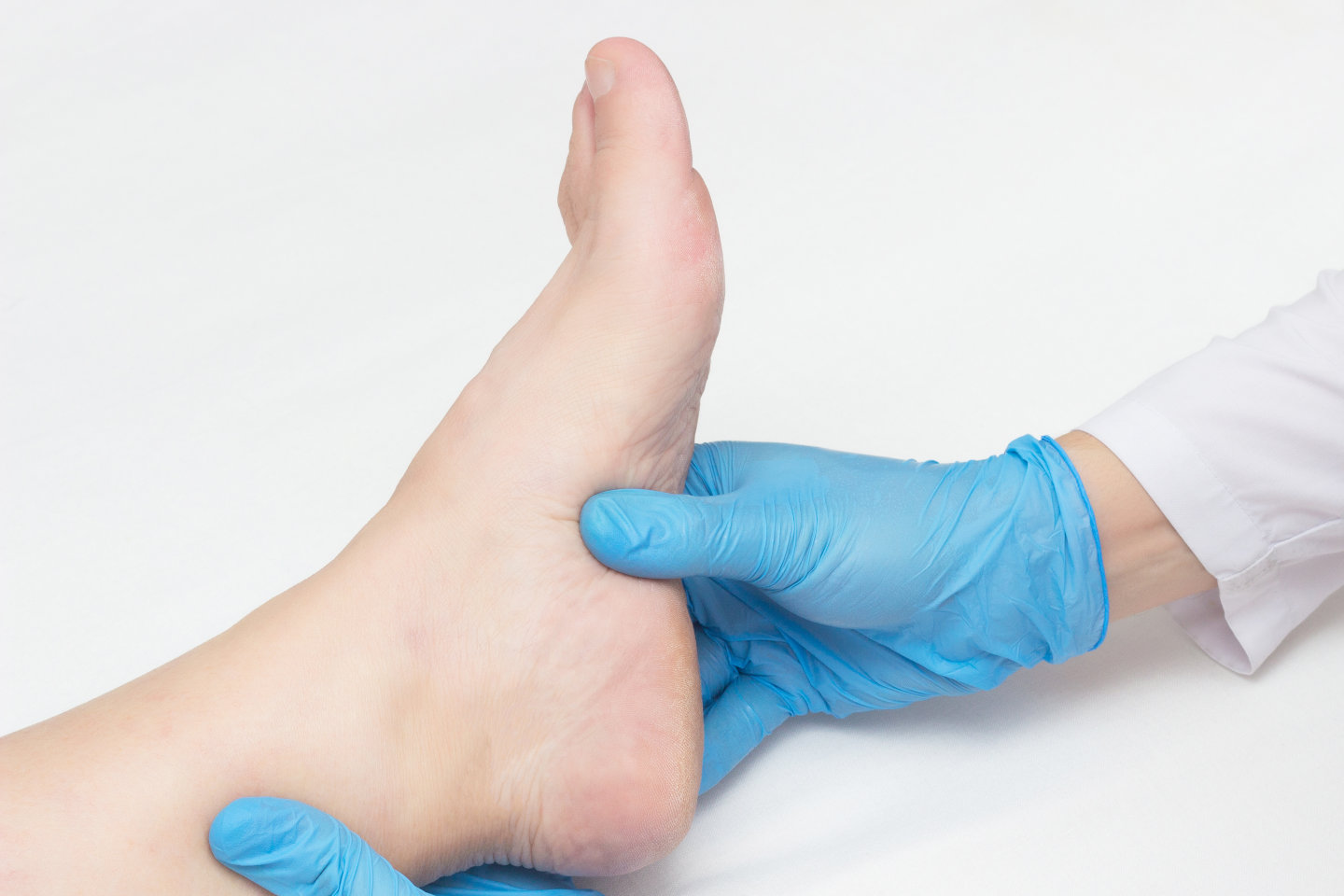
Understanding Diabetes
Overview
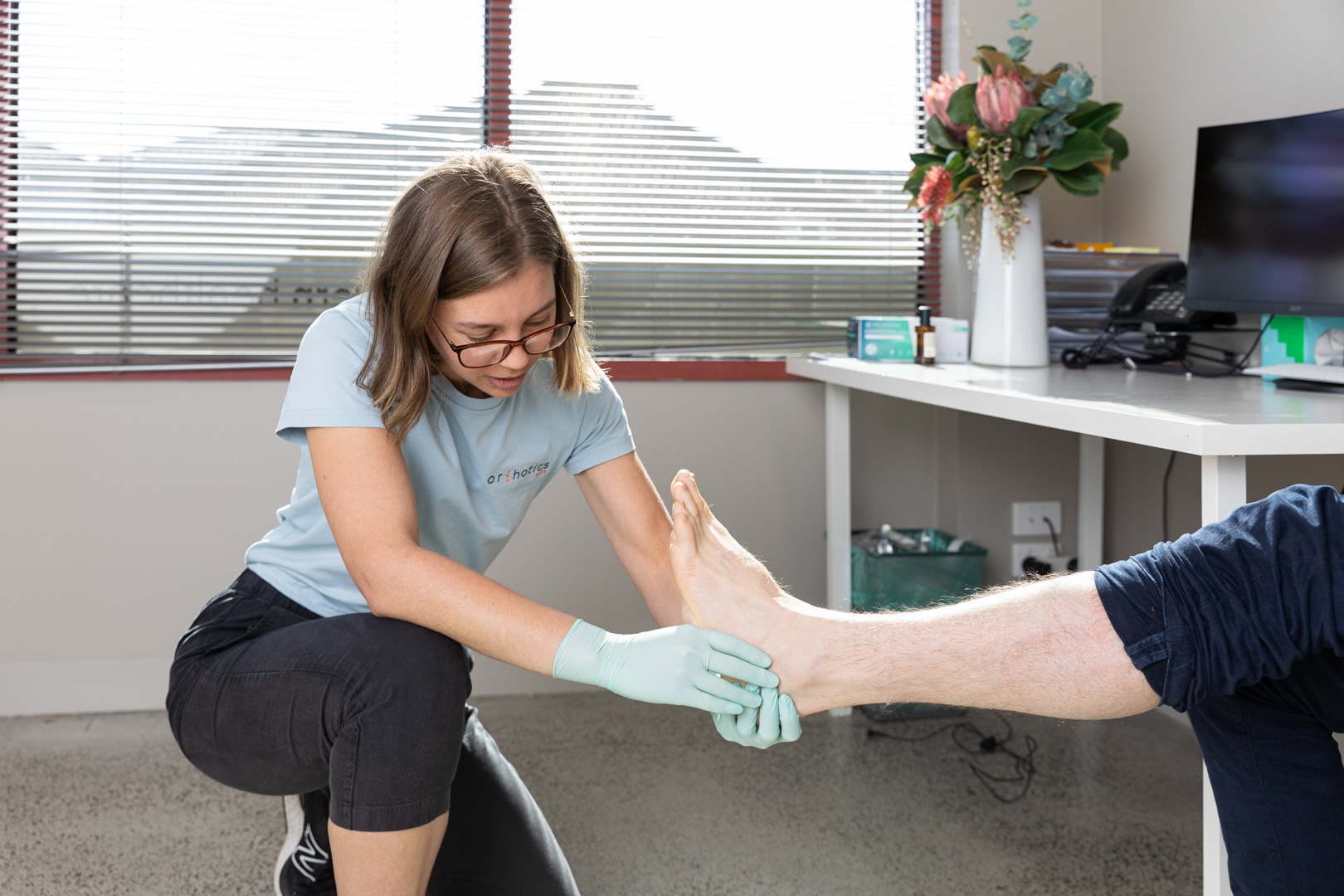
From a physiological standpoint, diabetes affects your body in several ways—especially your energy levels.
Type 2 diabetes is mainly a metabolic issue: your cells don’t get the fuel they need, which leads to poor metabolic health overall.
This often shows up as fatigue, weakness, and general tiredness. Plus, with high blood sugar circulating through your system, it can impact your body on many levels.
Risks of Glycation
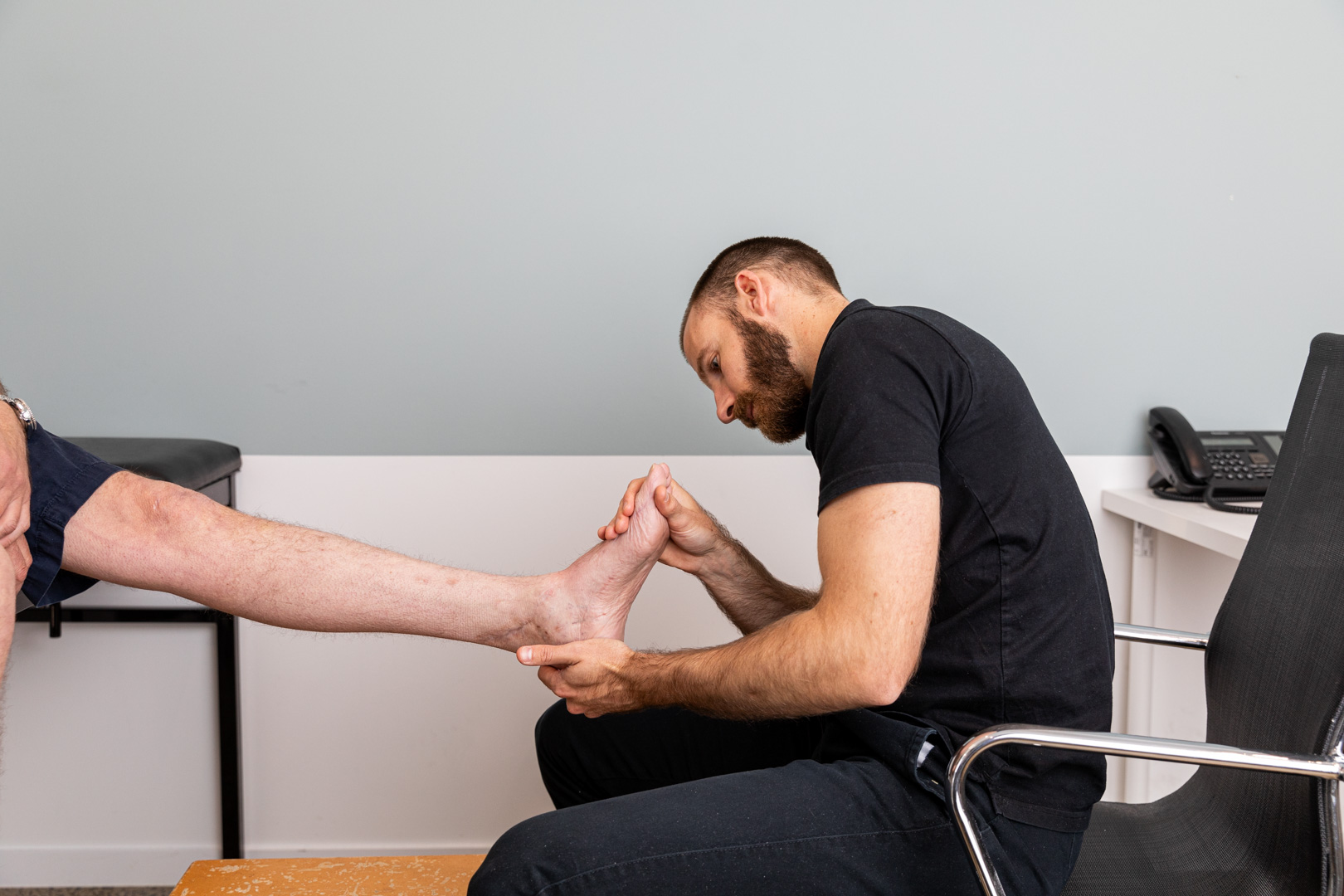
The cells go through a process called glycation, where sugar molecules attach to proteins or fats, making soft tissues more rigid and less flexible. This also damages the walls of your blood vessels, which affects blood flow—especially to extremities. Without proper circulation, tissues start to break down.
This lack of blood flow can impact the nervous system too. That’s when people might start to feel tingling, numbness, burning sensations, or general pain. Over time, you may lose sensation altogether—a condition known as peripheral neuropathy. When that happens, it’s difficult to feel the hands or feet.
Show more
Now, combine that loss of sensation with poor blood flow, poor oxygenation and high blood sugar levels and the tissues become at risk of breakdown, infection and ulceration. And because people can’t feel their extremities properly, they might not notice injuries or infections until they get serious.
Show less
Risks of Ulcers
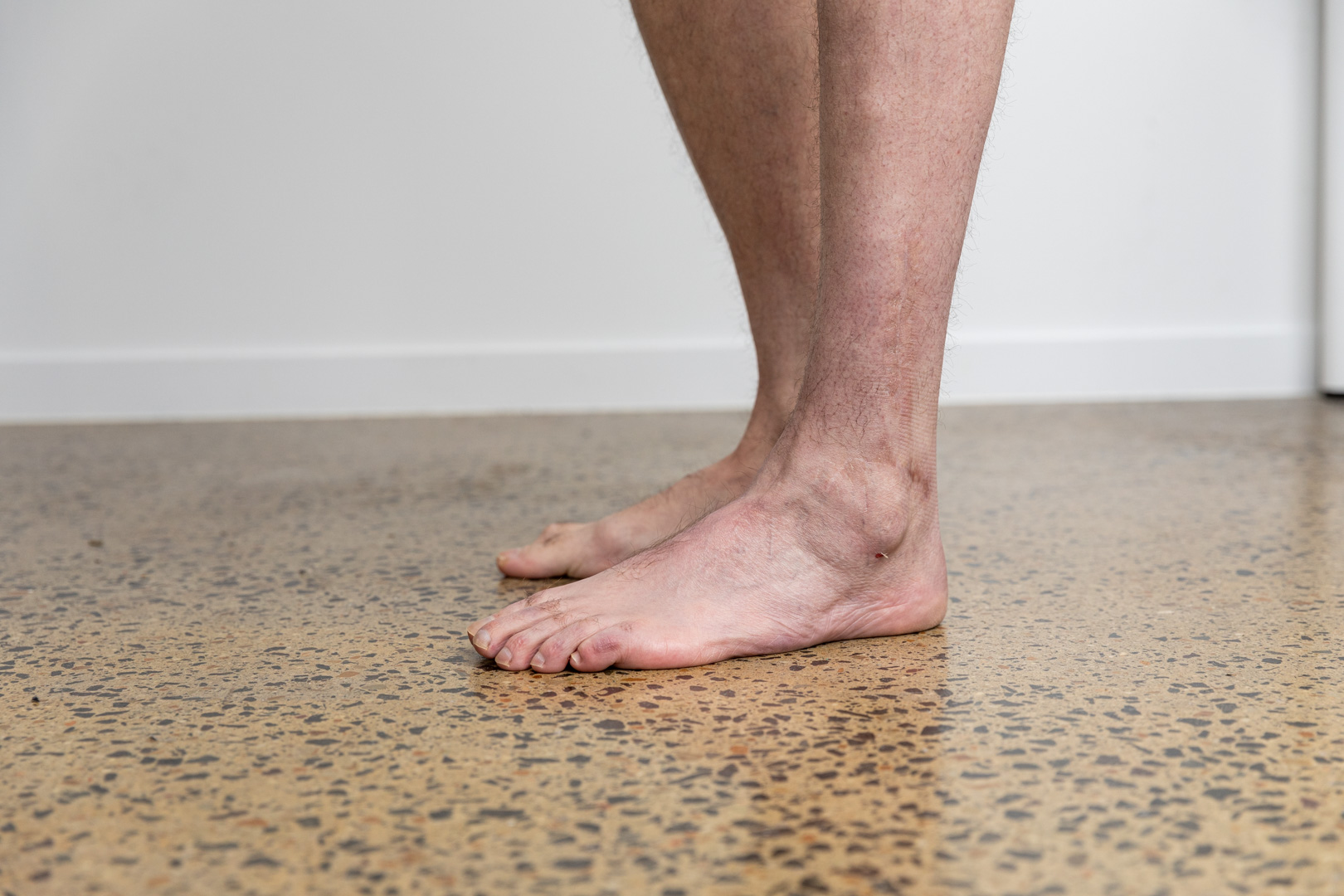
In people with diabetes, especially those with peripheral neuropathy, ulcers can become a serious issue. Because they’ve lost sensation in their feet, they might not feel something as simple as a stone in their shoe or notice a small cut. That unnoticed injury can develop into an ulcer—a break in the skin that’s slow to heal and highly vulnerable to infection.
This is especially dangerous because diabetes affects the body’s ability to heal. High blood sugar damages blood vessels, reducing circulation. Without proper blood flow, the area doesn’t get enough oxygen and nutrients, which slows healing even more.
Show more
If ulcers get infected and don’t heal properly, they can lead to serious complications like tissue death (ischemia) and even amputation.
That’s why blood sugar control is so important—not just for general health, but to prevent things like ulcers from forming or worsening.
Foot care becomes crucial at this stage. Patients need to wear supportive, well-fitting shoes and regularly check their feet for signs of pressure points or injuries. Any pressure, whether it’s a direct pushing force or a rubbing (shear) force between the skin and the shoe—can lead to tissue breakdown. If there’s too much pressure or friction in one area, it can cause the skin to break down and form an ulcer. So, removing those pressure points quickly is essential to prevent damage.
Show less
Referring to Orthotics Plus for Diabetes Management
Most people with diabetes should be regularly seeing a podiatrist and doctor to help manage their condition.
If your blood sugar levels are well-controlled, you have full sensation in your feet, and you’re not experiencing any issues, you likely don’t need to see us at Orthotics Plus—just continue routine check-ups with your podiatrist.
However, once you begin to lose sensation or start noticing any foot-related issues, that’s when a referral to us becomes important. Early intervention is key.
Custom insoles and sensible footwear can make a big difference in preventing further complications.
It’s always better to get ahead of a potential issue rather than waiting until there’s a wound or ulcer to treat. So, if you’re experiencing reduced sensation, pressure-related concerns, or if your GP or podiatrist has flagged any issues with your footwear or lower limbs, that’s the right time to get referred to Orthotics Plus.
To get started with Orthotics Plus, please use our clinic locations page.
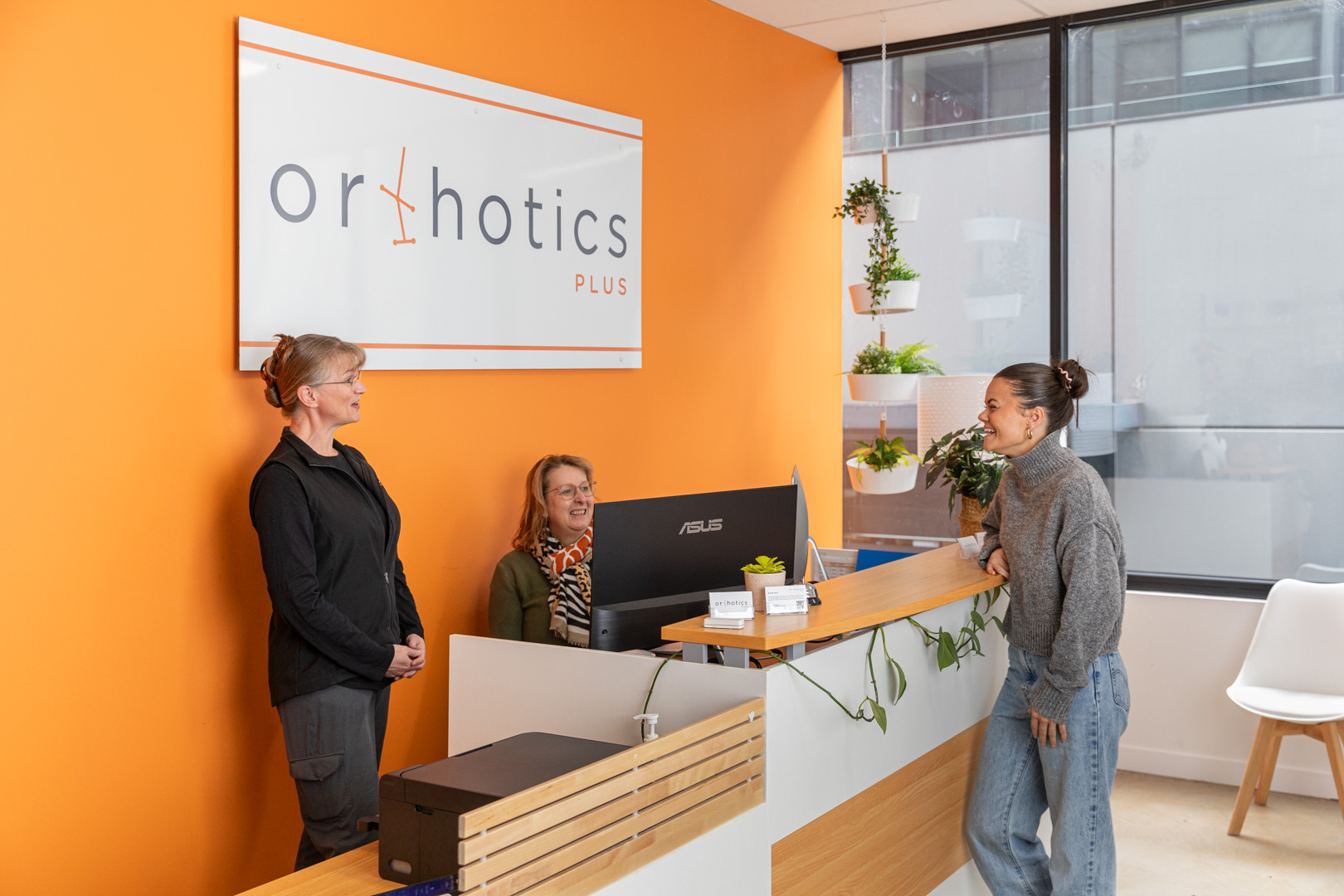
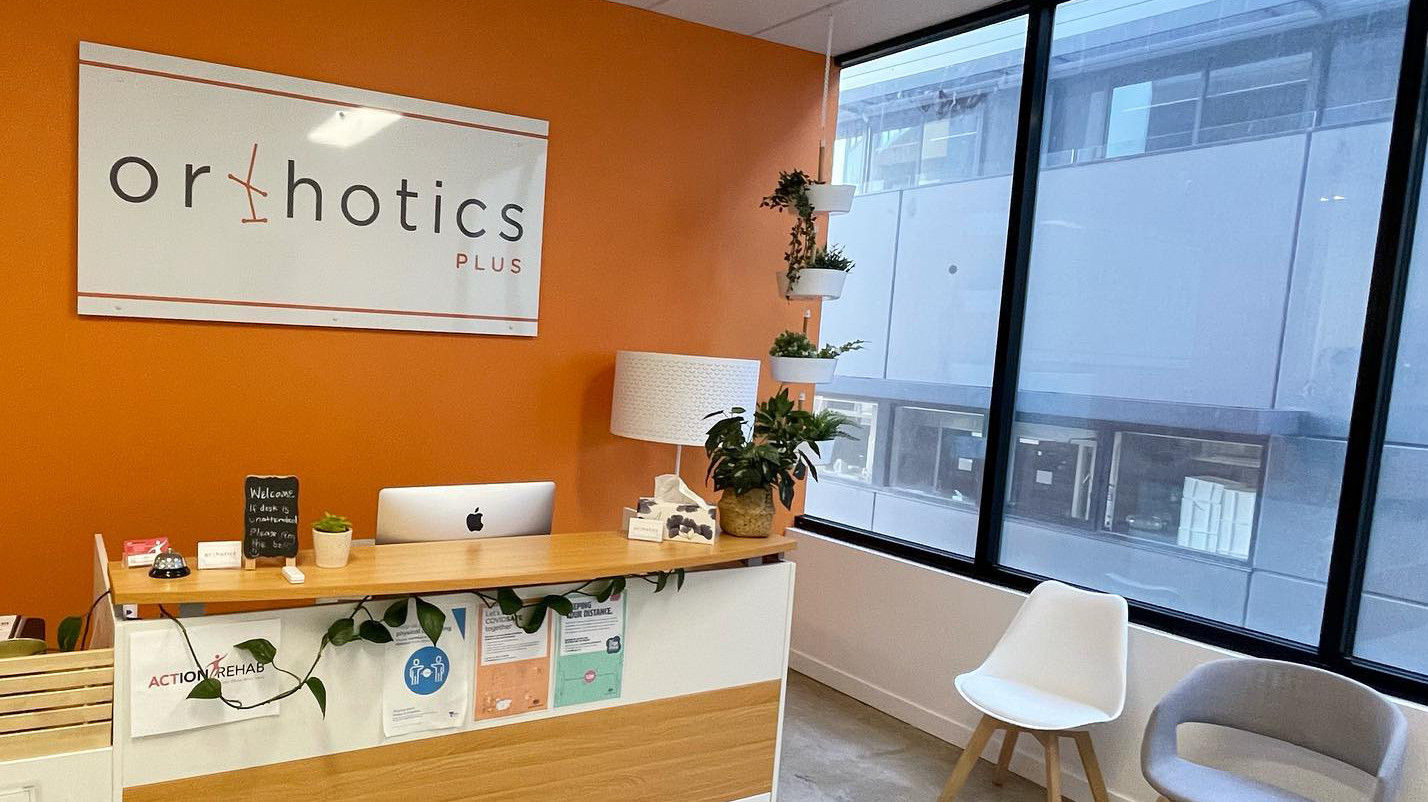
FAQ
A Charcot Restraint Orthotic Walker. It’s usually a custom-made boot. It’s commonly used for a condition called Charcot foot—not to be confused with Charcot-Marie-Tooth syndrome, which is a different neurological condition. They just happen to have similar names.
Charcot foot often occurs in people with diabetes. Basically, an inflammatory response is triggered in the foot, causing the bones to weaken and break down. People end up with multiple microfractures, and the structure of the foot becomes unstable—almost like a bag of jelly.
So, we need to stabilise the foot and hold it in the correct shape while the inflammation settles. That’s where the CROW boot comes in—it’s designed to protect and support the foot during this healing phase.
We also use CROW boots to offload pressure from ulcers and wounds.
There is no best ‘type’ of material.
It really depends on the stage of the disease, but generally, we want to avoid anything rough—materials with seams or textures that could rub or chafe the skin are a no-go.
When it comes to footwear and insole materials, it’s less about the specific type and more about the mechanical properties—how the material behaves and interacts with the foot.
For example, good quality cotton socks that wick away moisture and have minimal seams are ideal.
Shoes should be well-fitted—not too tight or narrow—and should avoid prominent seams in pressure-prone areas.
As for materials, leather, neoprene, or synthetics can all be fine if the design is appropriate. Under the foot, we want something that’s not too hard—materials that cushion and mould to the foot are best, especially for relieving pressure points.
Say there’s an ulcer under the first metatarsal head—we’d typically offload that area by creating a relief zone, allowing the surrounding areas to carry more load. That promotes blood flow and healing.
A little pressure might be tolerable, but the goal is to reduce it enough to allow healing, which ultimately depends on the person’s biomechanics.